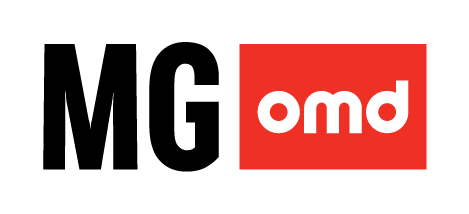Virgin Media: Great River Race
In a highly competitive market, Virgin Media needed to stand out and be synonymous with the best broadband experience through reliability and speed. With new switching rules (GPLS) making it easier for consumers to leave, and consistently outspent by competitors, we needed to drive fame and increase broadband consideration.
Our brief was to celebrate the feeling of being unstoppable with Virgin Media, with two media tasks: 1) drive mass awareness and be distinctive, and 2) embody the best broadband experience. To achieve this, we aimed to break category norms and capture a disproportionate share of attention.
We had an ownable asset — our Walrus in a Speedboat — and needed to express Virgin Media’s MOJO: raise a smile or make people laugh, without being too literal about broadband. Enter the Great River Race — London’s River Marathon, a 21.6-mile cultural event.
We partnered with LADbible to bring the idea to life. The campaign began with influencer George Clarkey launching a call-out on LADbible’s 14.3m Instagram page to find rowers to compete in costume. Olympic gold medallist Rory Gibbs joined for a Walrus Training video. Real-time content was captured on race day, followed by wrap-up content and homepage placement.
Getting partnerships signed off was tough, but we pushed for this unconventional activation. Despite challenges — including two team dropouts and costume hurdles — we delivered.
The campaign delivered 32.2 million impressions in under a month, exceeding the plan by 10%. Engagement rate hit 0.87% versus a 0.5% benchmark. The campaign ranked #7 and #8 for most liked LADbible content in 2024. It shifted the percentage of people who would talk about Virgin Media by +8ppt, and drove a +4ppt uplift in those who felt “Virgin Media is a brand I love.”

